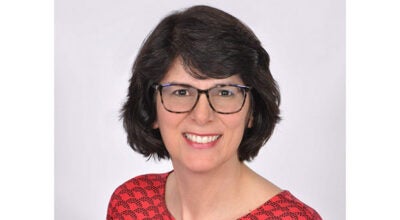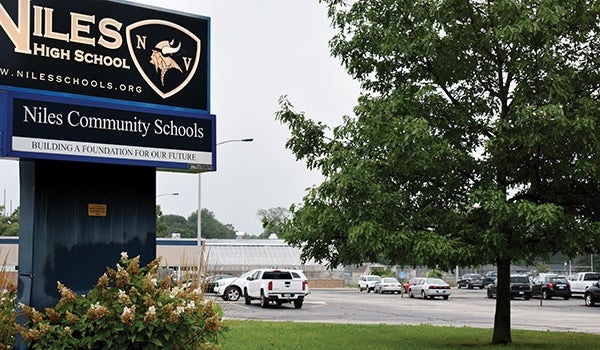Brandywine teachers, district fail to agree on new contract
Published 9:12 am Thursday, September 3, 2015

Leader photo/CRAIG HAUPERT
Supporters of Brandywine teachers stand outside the Bell Building Wednesday as contract negotiations take place inside.
Brandywine teachers remain without a contract just days before the school year is set to begin.
On Wednesday, negotiators representing the Brandywine teachers’ union and the Brandywine school board failed to come to terms on a new agreement in its latest negotiating session.
The previous contract expired at the end of June and both parties have been working toward a resolution since April.
“We are very close,” said Debbie Carew, president of the Brandywine District Education Association. “What we are asking for they can afford.”
While both sides have described negotiations as cordial, Carew said a mediator would be brought in to oversee the next session.
Supt. John Jarpe said they’ve received a proposal from the teachers union and that the board would take it under consideration. He said they have not gotten to the point where mediation is needed, but are considering it as an option.
“They (negotiations) have not broken down,” said Supt. John Jarpe. “We continue to bargain.
“In my opinion there is some progress that has been made, but there is some progress that needs to be made — that’s clear.”
Carew said the main issue is financial compensation.
Brandywine’s teachers, she said, make less on average than teachers at other area schools. The average raise for Brandywine teachers over the last nine years (1.1 percent) is less, she said, than the cost of living increase nationwide (2.2 percent) in that same time span.
Brandywine teachers received a pay increase of 1.5 percent last year.
Jarpe said he would prefer not to discuss in public what issues are holding up negotiations.
“That’s not productive,” he said.
Carew argued that the district could afford to pay teachers more by using its fund equity (savings), which sits at just under $4 million.
She said that fund equity is equal to about 30 percent of the district’s annual operating budget, a figure the state recommends to be at 12 to 15 percent in order for a district to be healthy.
“I feel like our board has a bank account with almost $4 million of missed opportunities for our students,” Carew said. “One of the main opportunities they can have is to boost the morale of their teachers by paying them a comparative salary to other districts in this area.”
She said paying teachers a higher salary would allow the district to attract and retain good teachers, leading to a better education for the district’s children.
Jarpe said he preferred not to discuss the merits of using fund equity to pay teachers.
“That is something that should be left with the board of education and the group at the bargaining table,” he said, adding that he has never heard the state recommend how much fund equity a district should have.
However, Gary Campbell, an attorney and negotiator for the district, said fund equity is typically used for one-time purchases, not reoccurring expenses like teacher salaries.
Jarpe said until a new contract is ratified the district’s 77 teachers would work under the terms and conditions of the last contract without being granted any steps up in the district’s salary schedule, as per state law.






